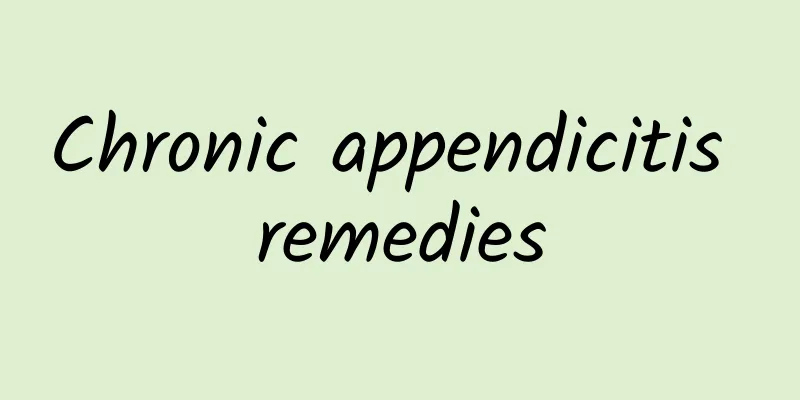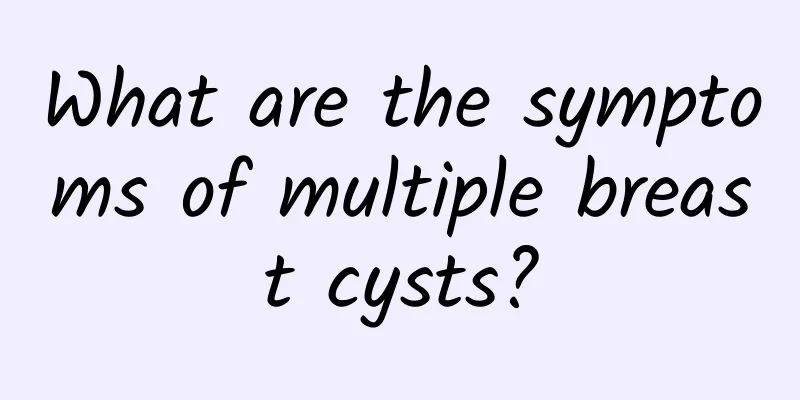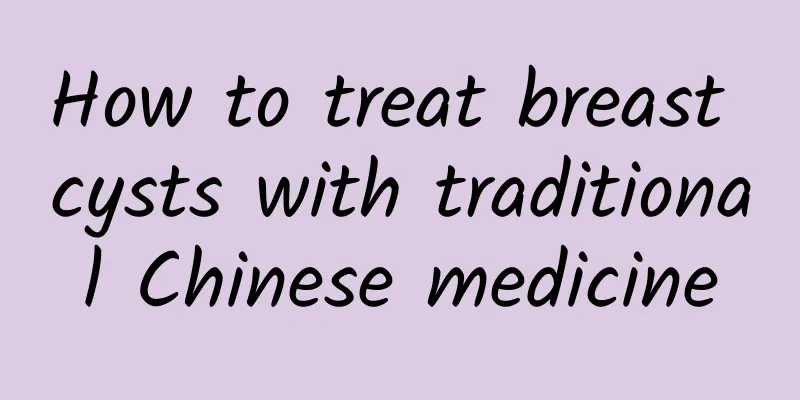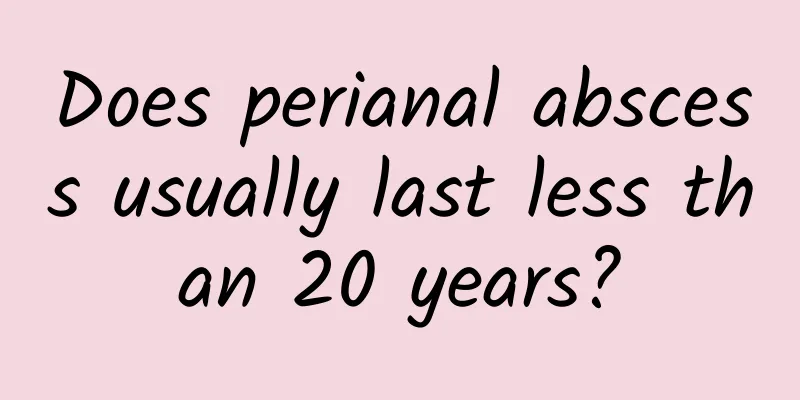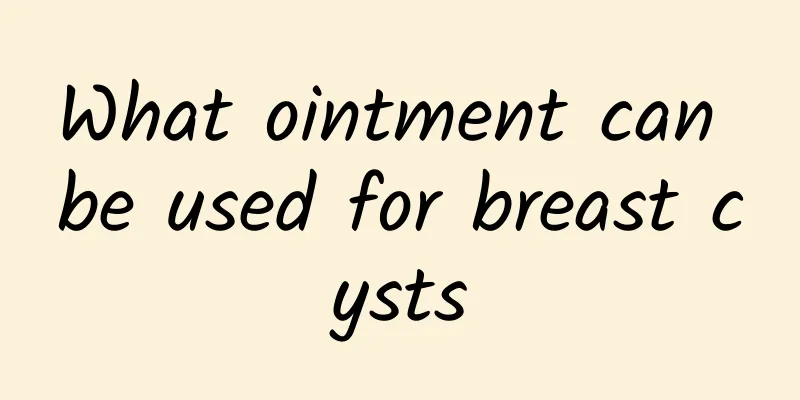Is it scary to have gallstones?

|
Having gallstones is not necessarily a scary thing, but it does require evaluation and treatment based on the specific situation. Gallstones are formed by the accumulation of solid matter in the bile. Some people may have gallstones for many years without any symptoms, in which case there is no need to worry. However, if gallstones cause biliary colic, jaundice, or pancreatitis, it is necessary to pay attention and take appropriate medical measures. There are many reasons for the formation of gallstones, mainly related to cholesterol metabolism disorders, changes in bile salt concentrations, and gallbladder diseases. These stones are formed due to many factors such as the patient's diet, weight, and genetic factors. A high-cholesterol diet, high-fat food intake, obesity, and rapid weight loss may increase the risk of gallstones. Nutritional habits, physical factors, and health conditions in childhood can also affect the formation of gallstones. If gallstones cause complications, such as cholecystitis or pancreatitis, the patient may feel severe pain in the right upper abdomen, even accompanied by fever, vomiting and jaundice. In severe cases, it may also lead to infection and dehydration. Usually, if gallstones do not cause symptoms, the situation can be monitored through regular examinations. However, if the symptoms are obvious and recurring, surgery on the gallbladder may be required. Laparoscopic cholecystectomy is a more common surgical method, which is less invasive, has a quick recovery, and is relatively safe. In order to reduce the risk of gallstones, it is important to maintain a healthy lifestyle. It is recommended to maintain a balanced diet, consume more fruits, vegetables and whole grains, and reduce the intake of high-cholesterol and high-fat foods. Moderate exercise, weight control and avoid drastic weight fluctuations are also effective prevention measures. If gallstones have been diagnosed and symptoms appear, it is recommended to consult a professional doctor in time to choose the best treatment plan based on individual circumstances. |
>>: Does the thread for perianal abscess need to be tightened?
Recommend
Is an aneurysmal bone cyst serious?
For aneurysmal bone cysts, most patients do not u...
Is breast cyst hyperplasia type 2 serious?
Category 2 breast cystic hyperplasia is usually n...
The dangers of gallstones
Gallstones can cause serious health problems that...
Multiple breast cysts are painful when pressed
Pain when pressing multiple breast cysts may be d...
How to treat and eliminate breast nodules the fastest
The key to treating breast nodules is to help the...
Can I eat peanuts if I have breast nodules and cysts?
Patients with breast nodules and cysts can eat pe...
How many days does it take to recover after rectal polyp removal?
It usually takes 1-2 weeks to return to normal af...
How to relieve the unbearable pain of perianal abscess
If the pain of perianal abscess is unbearable, yo...
How to treat female breast cysts most effectively
Female breast cysts can usually improve symptoms ...
Is right breast cyst grade 2 serious?
A grade 2 breast cyst on the right side is genera...
Typical symptoms of patients with gallstones
Gallstones are a common digestive disorder. Their...
What causes pleurisy?
Pleurisy usually occurs because the pleura become...
What should I avoid eating when I have breast cysts?
Patients with breast cysts should pay attention t...
Can patients with breast cysts eat bird's nest?
Patients with breast cysts can usually consume bi...
Can children with late stage III femoral head necrosis be cured?
Whether the third-stage femoral head necrosis can...


